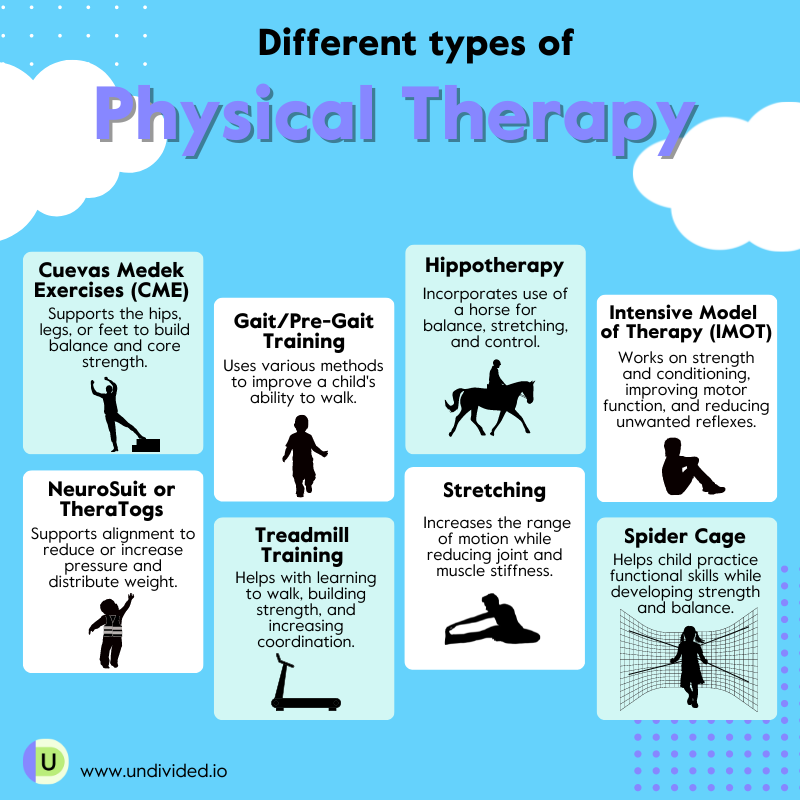Effective Approaches to Minimize the Risk of Sudden Injuries in Athletics Through Focused Preventative Strategies
Effective Approaches to Minimize the Risk of Sudden Injuries in Athletics Through Focused Preventative Strategies
Blog Article

Acute injuries in sports can happen suddenly and often lead to critical problems for athletes. These injuries can vary from twists and tears to breaks and concussions. To help prevent these traumas, it is crucial to adopt focused protective strategies. These strategies focus on education, proper training, gear use, and overall well-being maintenance. By addressing these important areas, athletes can significantly reduce their risk of suffering from acute traumas while engaging in their favorite sports.
One effective method to minimizing the likelihood of injuries is through education. Players, trainers, and guardians should be informed about the common types of injuries associated with specific sports. Understanding the dynamics of these traumas allows everyone to recognize the indicators and signals early. Informative workshops or seminars can help teach athletes about correct techniques and the significance of warming up before games or training sessions. This understanding empowers athletes to take charge for their well-being and encourages them to communicate any worries about possible injuries.
Another important protective strategy is adequate training. Athletes should participate in a well-rounded training program that focuses on developing strength, flexibility, and endurance. Strength training assists build the muscle groups that support joints, lowering the chances of injuries. Flexibility exercises, such as elongating, can enhance the range of motion and decrease the risk of muscle tears. Additionally, athletes should integrate sport-specific drills that simulate game situations, which can help them become more acquainted with the movements involved in their chosen activity. Trainers play a crucial role in developing and executing these training programs to ensure they are safe and efficient.
The use of appropriate equipment is also vital in reducing acute injuries in sports. Players should consistently wear the right equipment for their particular activity, including helmets, pads, and proper footwear. For instance, gridiron players need helmets to protect against head traumas, while soccer players require shin read the full info here guards to shield their legs from collision. It is essential that equipment is fitted correctly and is cared for regularly to ensure it provides the necessary safeguarding. Coaches and guardians should motivate athletes to take the effort to select and use the appropriate equipment to minimize their chances of injury.
In addition to awareness, training, and gear, maintaining overall health is essential for injury avoidance. Players should prioritize adequate nutrition, hydration, and rest to keep their bodies in top shape. A nutritious diet rich in vitamins and minerals helps facilitate muscle recovery and overall athletic performance. Staying hydrated is also crucial, as dehydration can result to fatigue and increase the likelihood of injuries. Lastly, achieving enough sleep is crucial for recovery and maintaining focus during practices and matches. By promoting good well-being habits, athletes can improve their performance and lower their risk of suffering from acute traumas.
In summary, minimizing the likelihood of acute traumas in athletics requires a comprehensive method that includes awareness, adequate preparation, suitable gear, and overall well-being maintenance. By concentrating on these specific protective strategies, players can more effectively safeguard themselves from the risks of traumas. Coaches, guardians, and athletes all have important roles to fulfill in fostering a safe sports environment. By cooperating together and prioritizing protection, the pleasure of athletics can persist without the disruption of serious injuries.